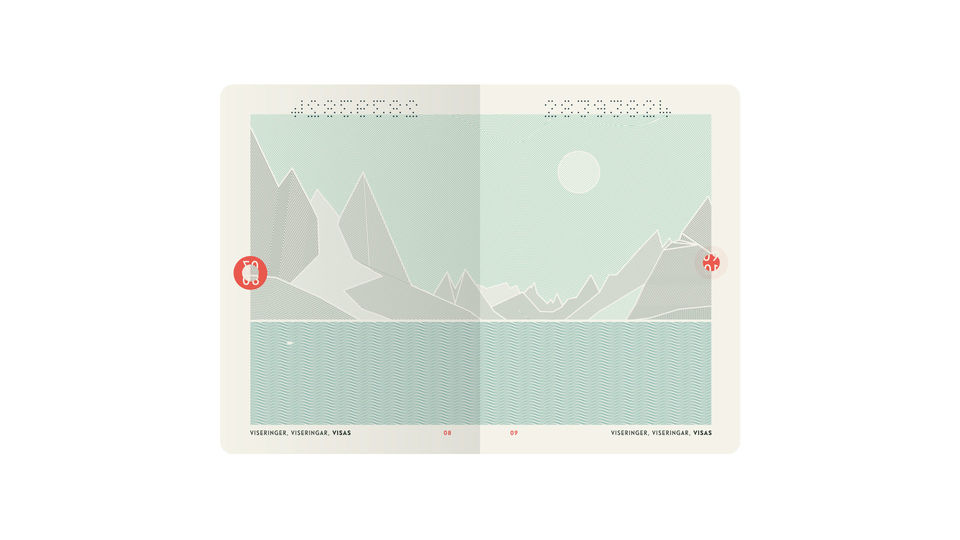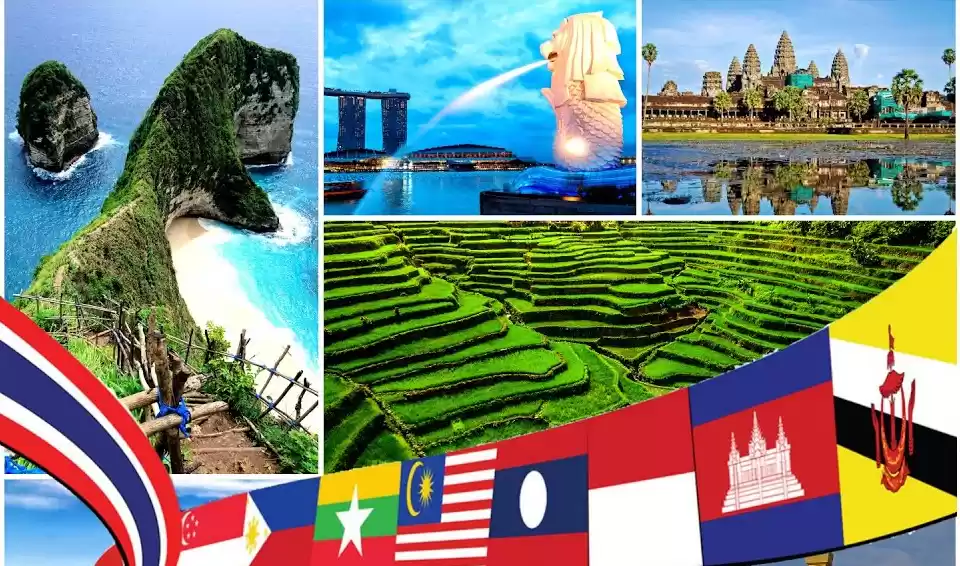Passport, a seemingly harmless bundle of papers, governs your movement across the world. What colour your passport is, or what country it represents can give or take the power from you to travel in and to whichever country you want. In fact, there is a definitive list of the most powerful passports in the world. Germany tops the list, whereas Syria is deemed as the weakest passport. The Indian Passport colour also has an interesting reason behind it.
Checkout this video for a clearer understanding of how and why a passport gains power.
Why is the Indian Passport Colour Blue?
To completely understand why the Indian Passport colour is navy blue, here are a few things you should know.
Passports come only in four colours
There are 196 countries in the world, but despite that there are only four prominent colours in passports. There may be several hues of each colour, but all passports can be divided into four prime colour categories: red, green, blue and black.
Hrant Boghossian, the vice-president of marketing at Passport Index talked to Business Insider about this colour restriction.
"Passport production is a highly controlled process, and only few companies around the world are doing it. The cardstock used for passport covers is usually supplied by a third party and therefore only comes in certain colour variations to meet the required standards."
So, if you were expecting a more politically-charged explanation, apologies for this rather dull and practical one.
Fun fact: Travel documents for citizens might be restricted to just four colours, but for diplomats and representatives of the government, this rule is bent. For example, The Indian Passport colour for Government officials is while. "It is issued to individuals representing the Indian government on official business. It is a "Type S" passport, S standing for service." (source)
How does a country decide the colour of its passport?
The colour of a passport can reveal inclinations and policies of the country. Case in point, Islamic nations. Countries such as Saudi Arabia, Pakistan, Bangladesh and Indonesia, all use the colour of Islam, green, to grace their passport.

Several countries also make use of the passport colour to exhibit alliances or possible alliances with other nations. A red passport is flaunted by member states of the European Union, and also countries such as Turkey, Albania and Macedonia, who aspire to join the EU. In their case, the passport colour is just a branding exercise.
Where some countries select passport colours based on their aspirations and alliances, others choose to represent their cultural identity through it. Switzerland, with its flag colour and general national obsession with red, has a lovely bright red passport.
Since blue passports are typically common in New World countries and Caribbean states, it's possible that the deep blue colour of the Indian passport is to make a cultural statement.

The navy blue colour is a recurring motif in Indian culture and religion. The Ashok Chakra in the Indian flag is navy blue colour. It is said to represent the colour of sky and ocean. In Hinduism as well, blue is the colour of Krishna, one of the most highly-revered Hindu gods. But the choice of the passport colour is a good mix of both cultural influence and practicality. Deep blue, like other dark colours, shows less dirt and is easier to get right during manufacturing.
Know more
The world of passport design is an ever-changing realm of innovation. If it interests you, then start with a few basic searches and they will lead you to some fascinating facts and trivia. There are teams dedicated to making passport designs unique. In 2016, Norway held one such competition and the winning team came up with a design that was a work of art.
Check out the designs of Neue, the studio that won the contract to design Norway's new passenger passports.


Finland has an ingenious flip-book hidden in its passport book.
Boghossian made a thought-provoking point while speaking to Travel+Leisure,
"You can infer about color as much as you want, but passports represent something much greater than geo-political and economic ties. We forget that [passports] belong to people. For some, they are a barrier. To others, a right of passage.”
As for us, we are a strong believer in the relevance of the stamps inside the passport, instead of the Indian Passport Colour













